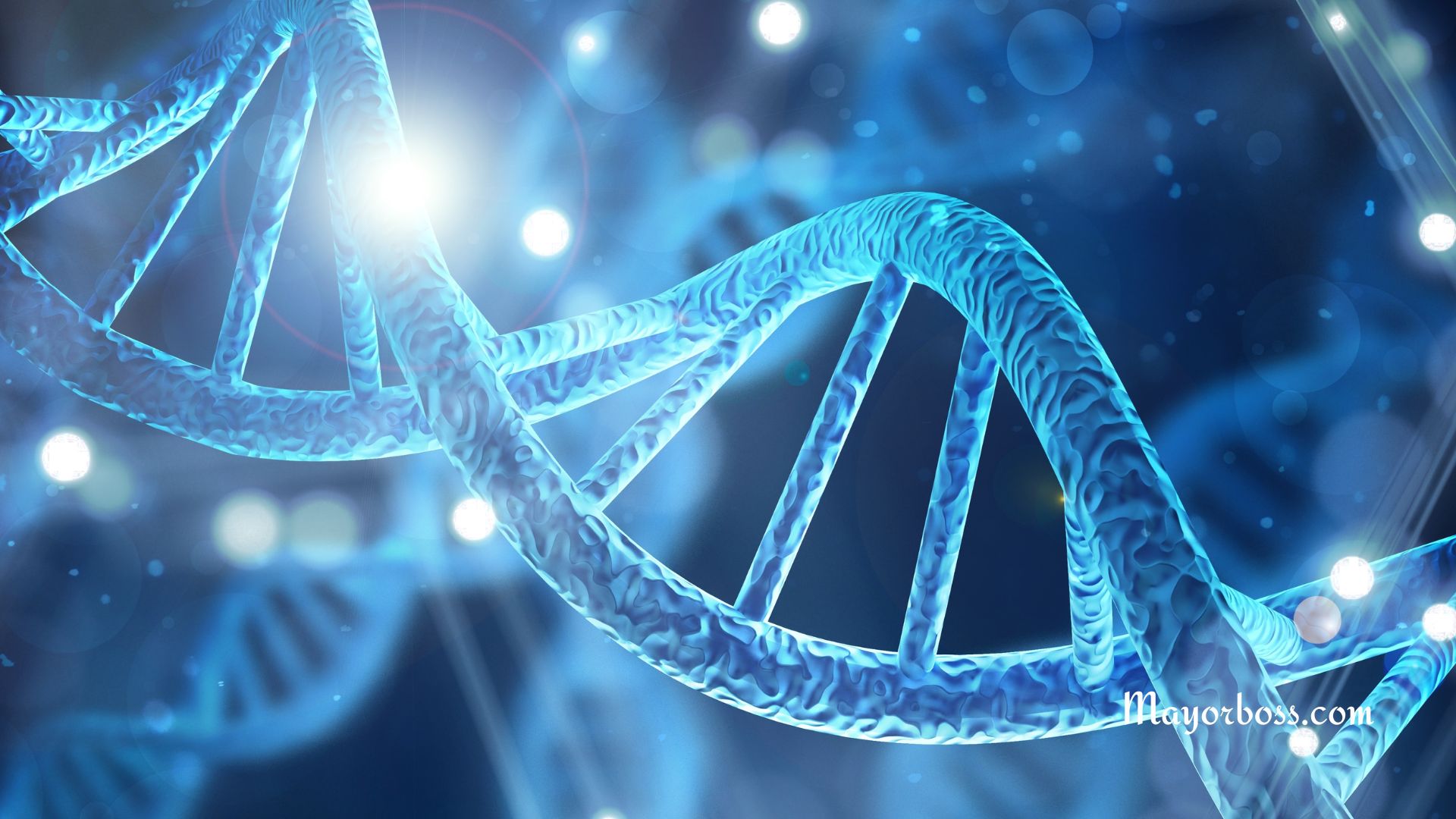What is DNA?
Summary: DNA, short for deoxyribonucleic acid, is the molecular structure that holds the genetic instructions for all living organisms. From determining your eye color to your susceptibility to certain diseases, DNA plays a pivotal role in shaping who you are.
The Basics: What Exactly is DNA?
So, you’ve heard the term “DNA” tossed around in science class or perhaps on TV shows about crime investigations. But what does it really mean? Simply put, DNA is the long, spiral-shaped molecule that contains your unique genetic code.

Where is DNA Located?
DNA resides in the nucleus of your cells, neatly packaged into structures called chromosomes. Humans typically have 46 chromosomes, inherited half from your mom and half from your dad. Each chromosome contains thousands of genes. These genes are specific sequences of DNA that dictate various traits and functions.
The Building Blocks: What Makes Up DNA?
To get a closer look, DNA is made of four types of nucleotides: adenine (A), thymine (T), cytosine (C), and guanine (G). These nucleotides pair up to form the “rungs” of the DNA ladder, with A always pairing with T and C always with G.
How Do These Building Blocks Interact?
The sequence of these nucleotides creates the unique genetic code that makes you different from every other person on the planet. Even a slight alteration in this sequence can result in significant changes. For instance, in people with sickle cell anemia, a single nucleotide change leads to altered red blood cells.
DNA Replication: How Does DNA Make Copies?
Your cells are constantly dividing and renewing. During this process, DNA makes an exact copy of itself, ensuring that each new cell receives the full set of genetic instructions. An enzyme called DNA polymerase reads the existing DNA strands and adds complementary nucleotides to build a new strand. This is crucial for the growth, repair, and maintenance of your body.
The Role of DNA in Inheritance
Whenever you hear someone say, “You have your mother’s eyes,” or “You’re as tall as your father,” what they’re really talking about is genetics. Each parent contributes one set of 23 chromosomes, combining to form the unique individual that is you. Examples of traits you could inherit range from eye color and facial features to more complex characteristics like intelligence and susceptibility to certain health conditions.
DNA and Your Health
Your DNA isn’t just about what you look like; it’s also a predictor of your health. In fact, certain genes are linked to higher risks of diseases like cancer, Alzheimer’s, and heart disease. However, lifestyle choices like diet and exercise can also influence how these genes are expressed, offering you a degree of control over your health.
DNA Testing and What It Can Reveal
Thanks to advances in technology, it’s now possible to get a glimpse of your genetic makeup through DNA testing kits. These kits can reveal a variety of information, from your ancestral roots to your risk for certain genetic disorders. They can even offer insights into traits like how you might respond to caffeine or whether you’re likely to be a morning person.
Frequently Asked Questions
What Does DNA Stand For?
DNA stands for deoxyribonucleic acid. It’s a mouthful, but once you break it down, it’s less intimidating. Deoxyribo-” refers to the sugar molecule in the DNA backbone, and “nucleic acid” describes the type of molecule it is. Essentially, it’s the scientific name for the molecular structure that holds your genetic material.
How is DNA Different from RNA?
While DNA serves as the long-term storage of genetic information, RNA, or ribonucleic acid, acts more like a messenger. RNA takes the instructions from DNA and carries them to the cell’s protein-making machinery. Unlike DNA, which is double-stranded, RNA is usually single-stranded. Also, RNA contains the sugar ribose, as opposed to the deoxyribose in DNA.
Can DNA Be Altered?
In a word, yes. While your genetic code remains largely the same throughout your life, certain environmental factors like radiation or chemicals can cause mutations. Additionally, scientists have developed techniques like CRISPR to edit genes, which can potentially correct genetic disorders or even enhance specific traits.
Why Do Siblings Have Different DNA?
You might wonder why you and your sibling don’t look exactly alike, even though you both inherited DNA from the same parents. The reason is that you each receive a different combination of your parents’ genes. During the formation of eggs and sperm, the chromosomes shuffle, creating a unique set of genetic instructions for each child. This is why siblings can have varying appearances and personalities despite sharing the same family tree.
What Can DNA Tests Tell Me?
DNA tests can uncover a wealth of information. Not only can they trace your ancestral lineage, but they can also identify your predisposition to certain health conditions. Some tests can even provide insights into your physical traits, like whether you’re likely to have curly or straight hair. However, it’s essential to approach DNA testing with caution, as the results can have significant implications for your health and privacy.
Further Reading: What is a Cell?






